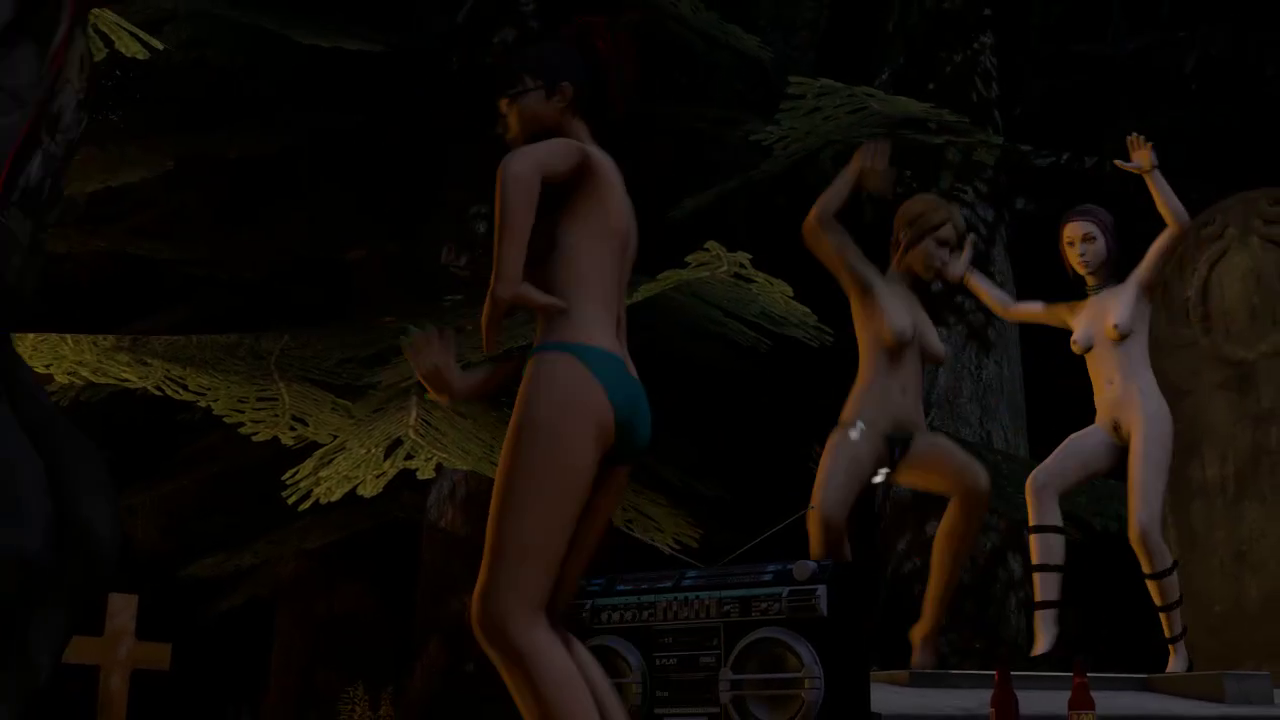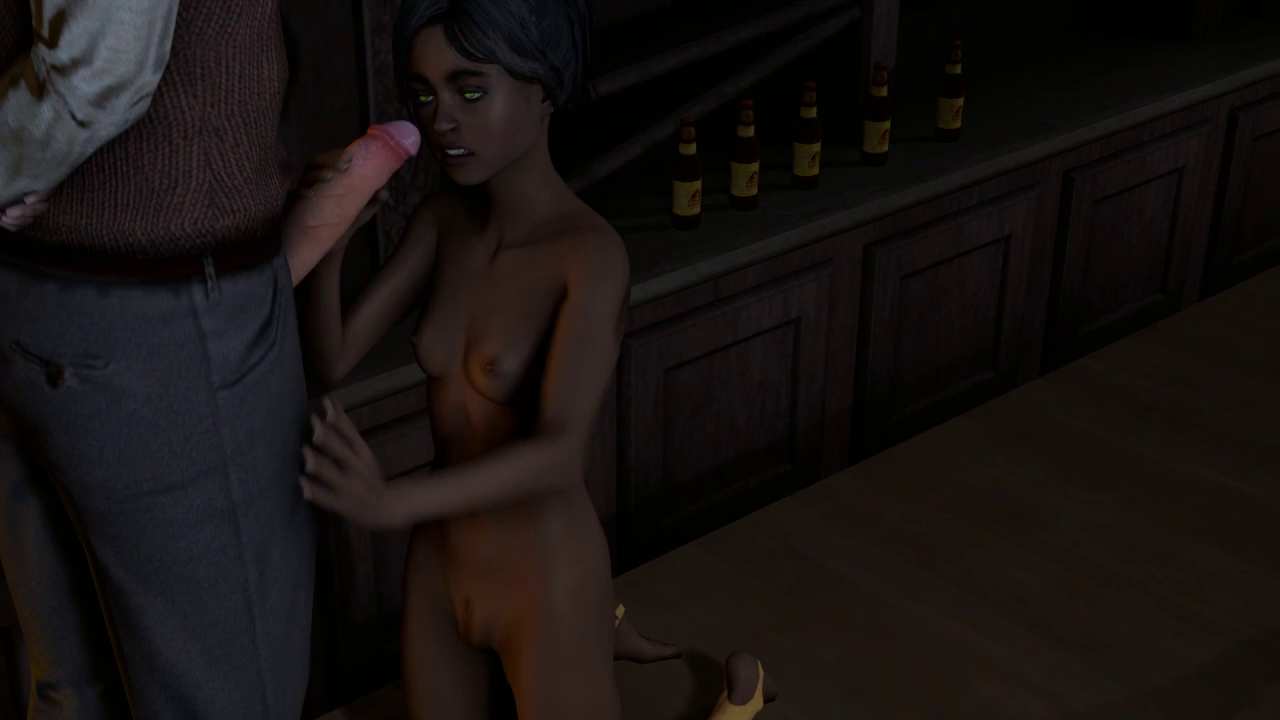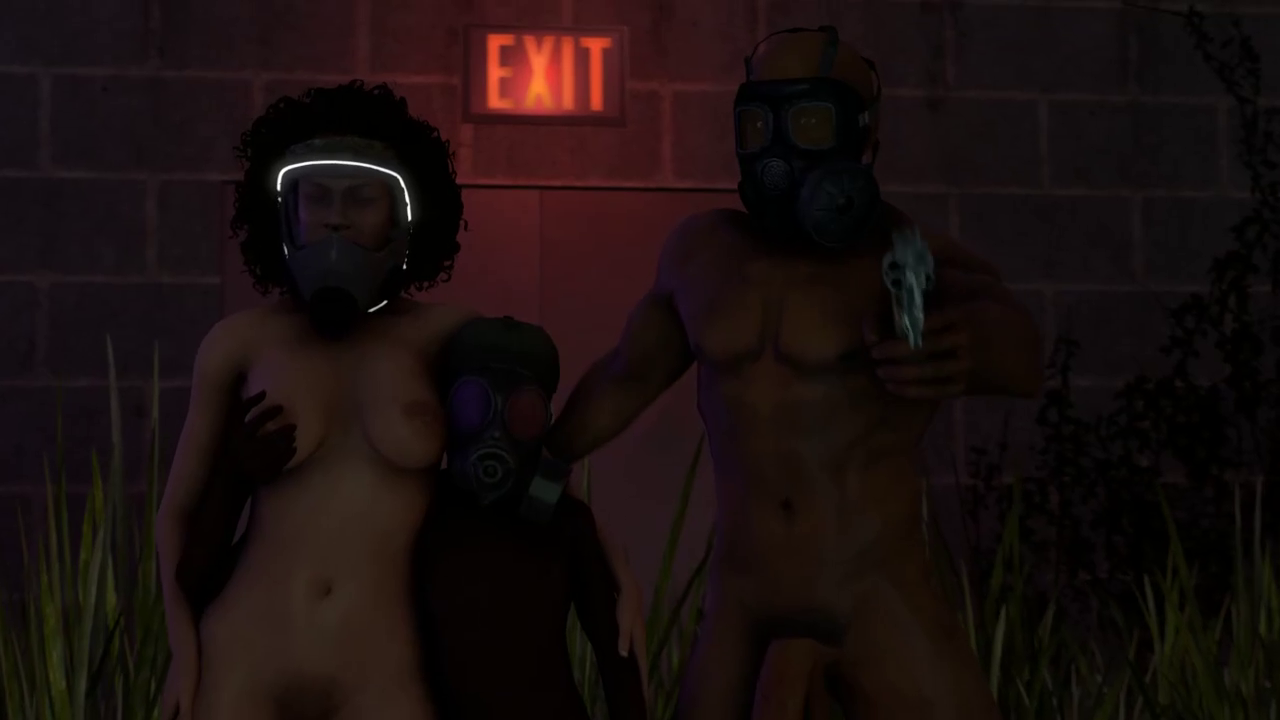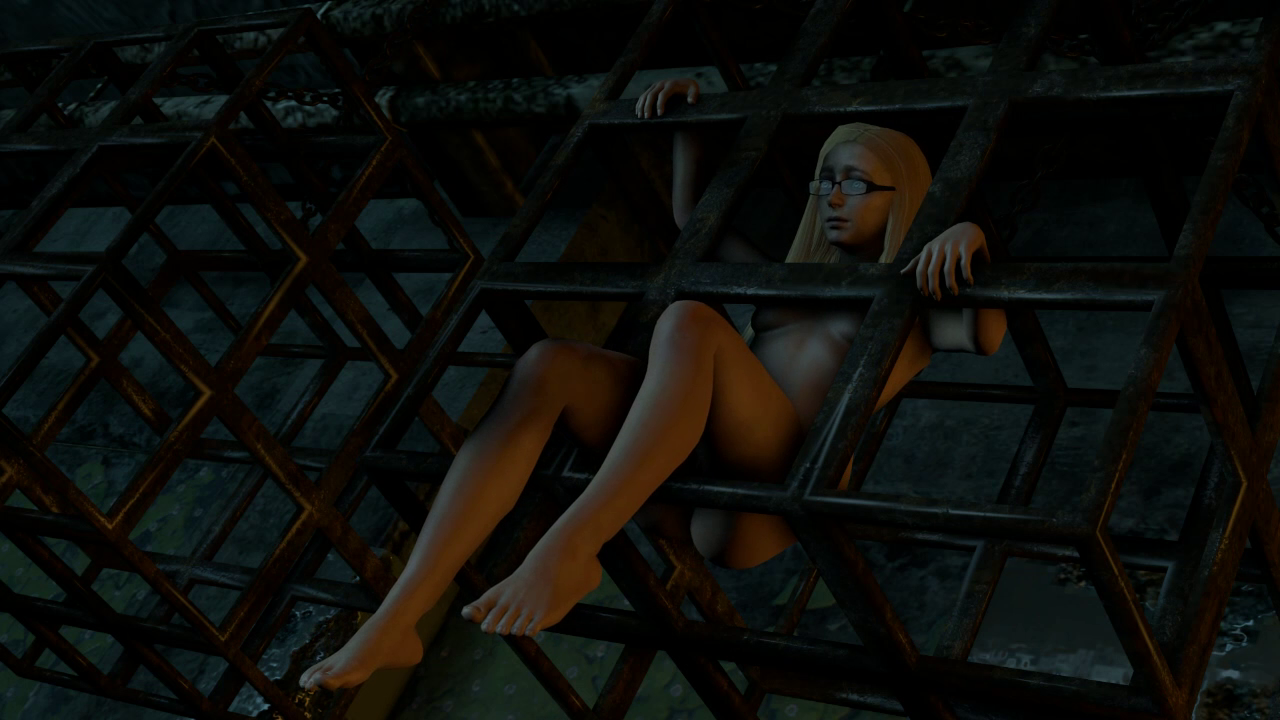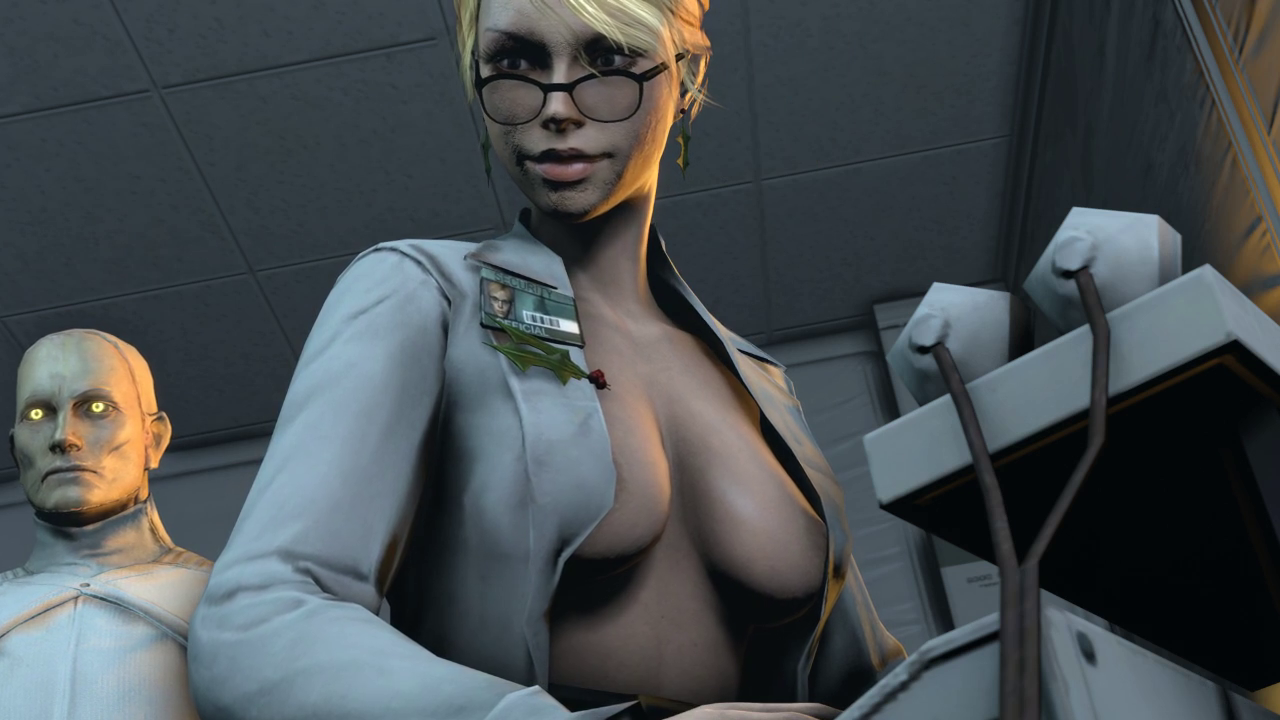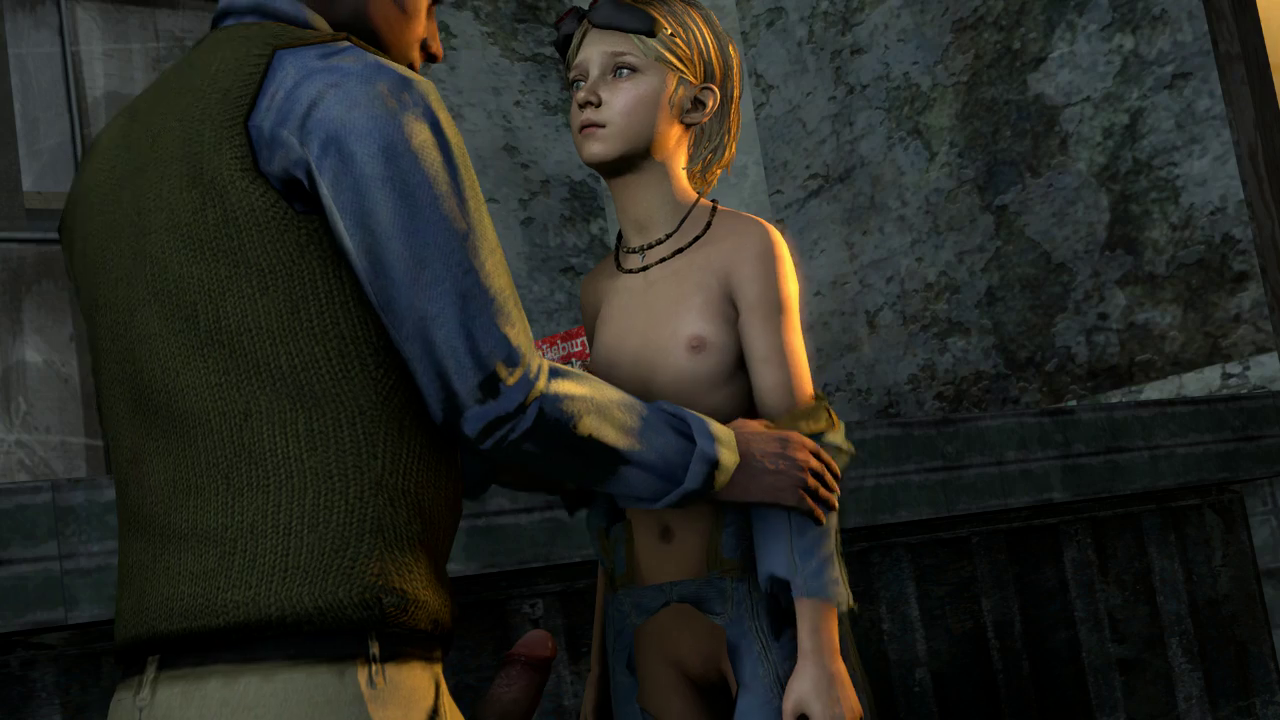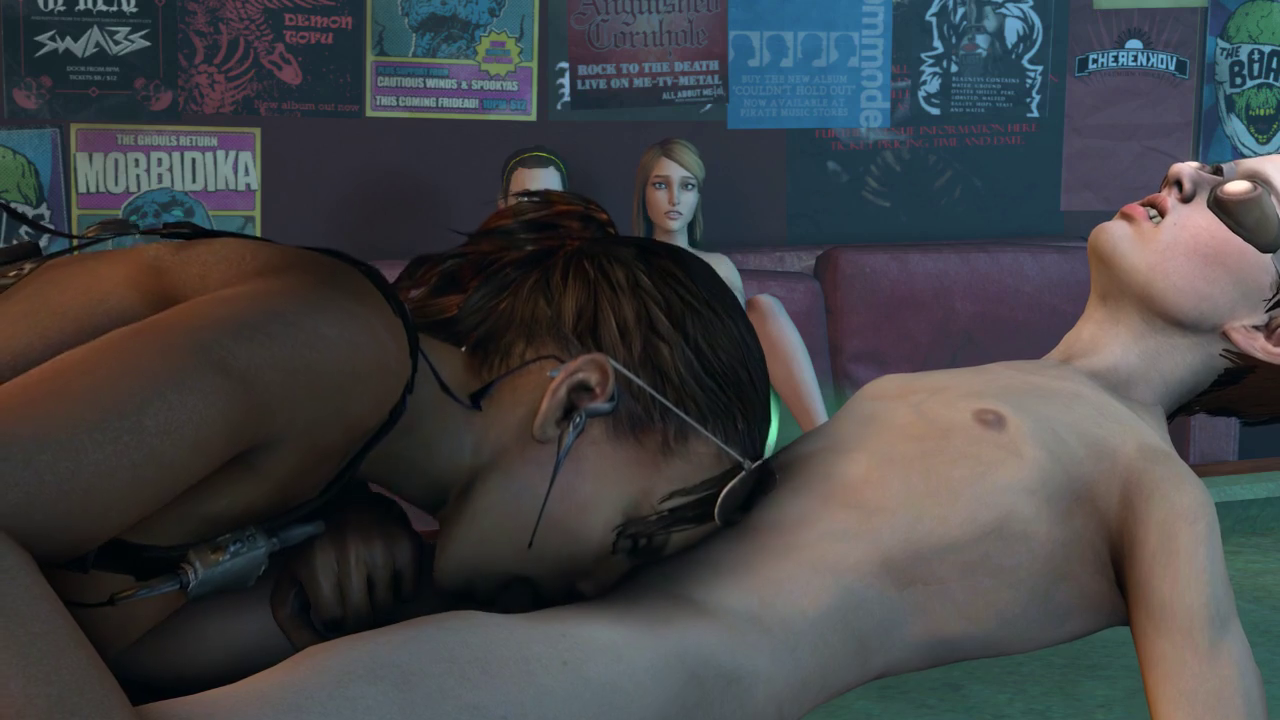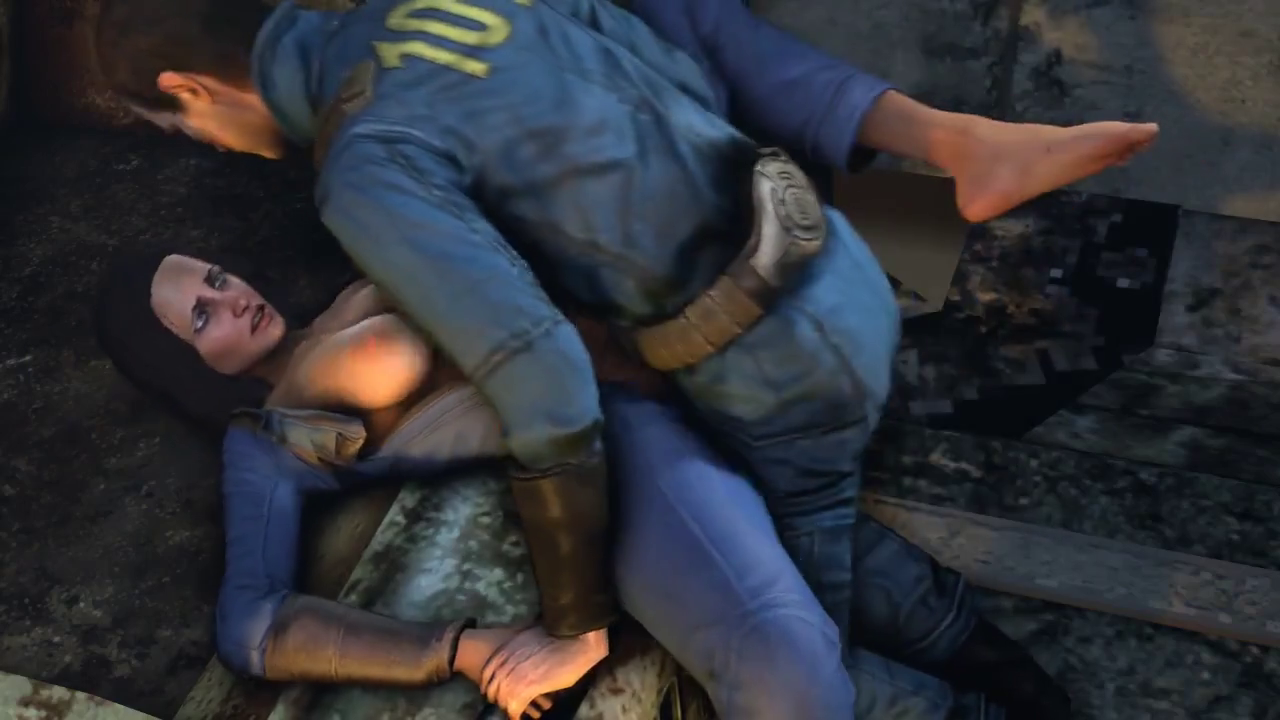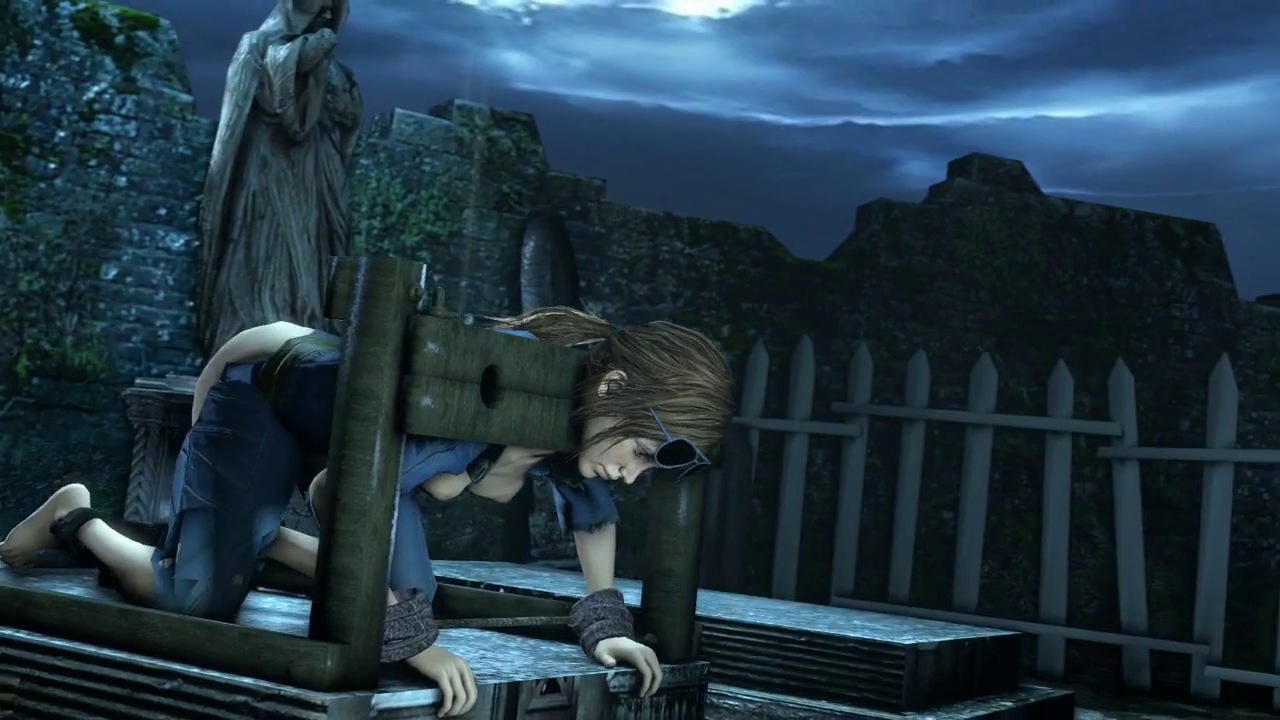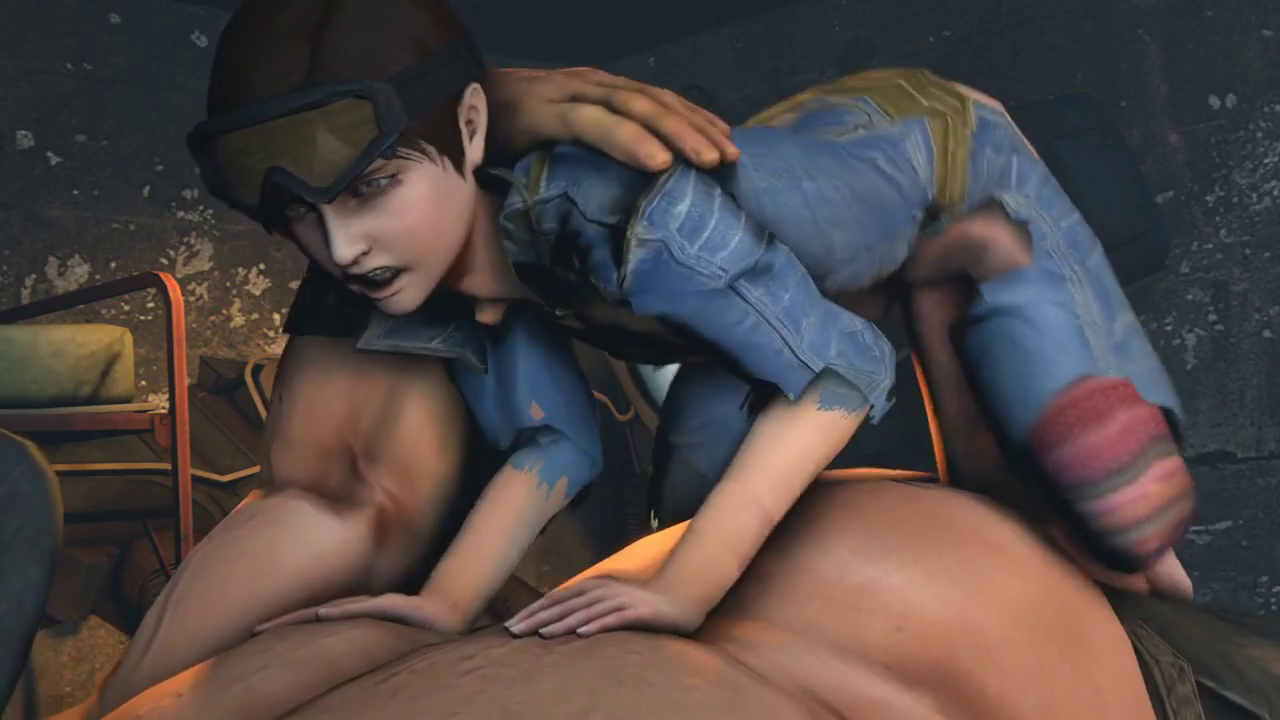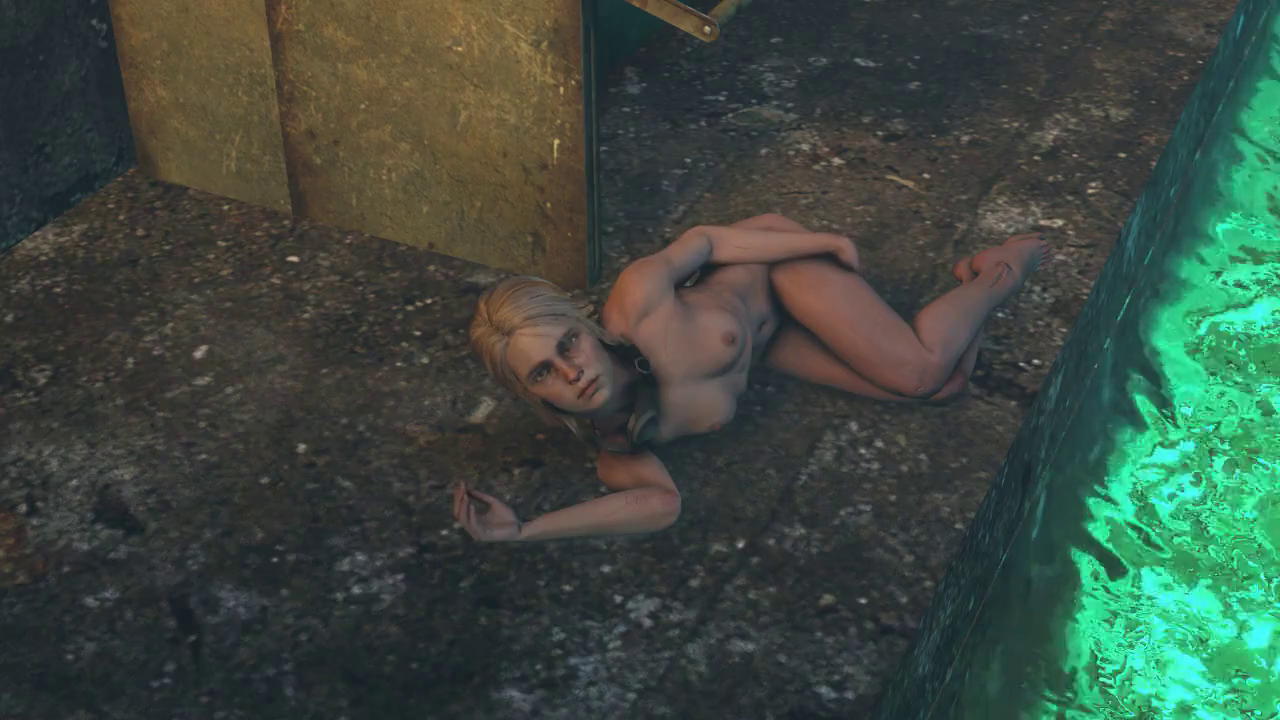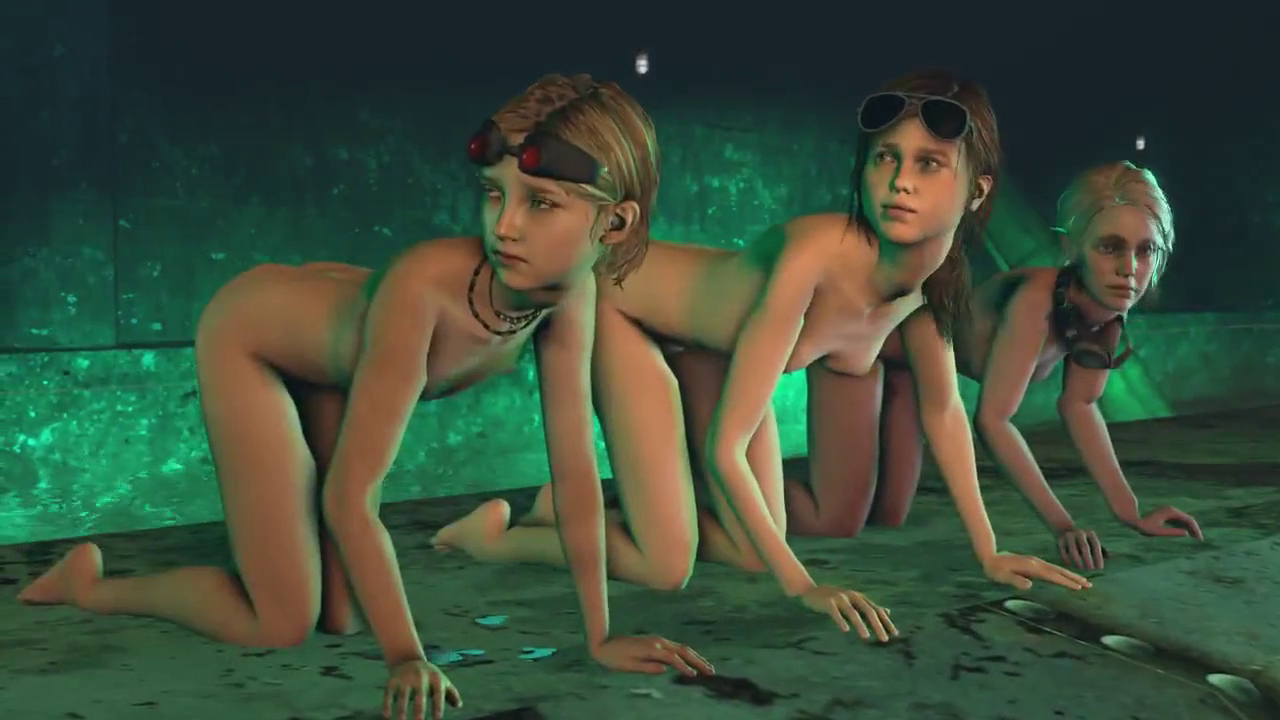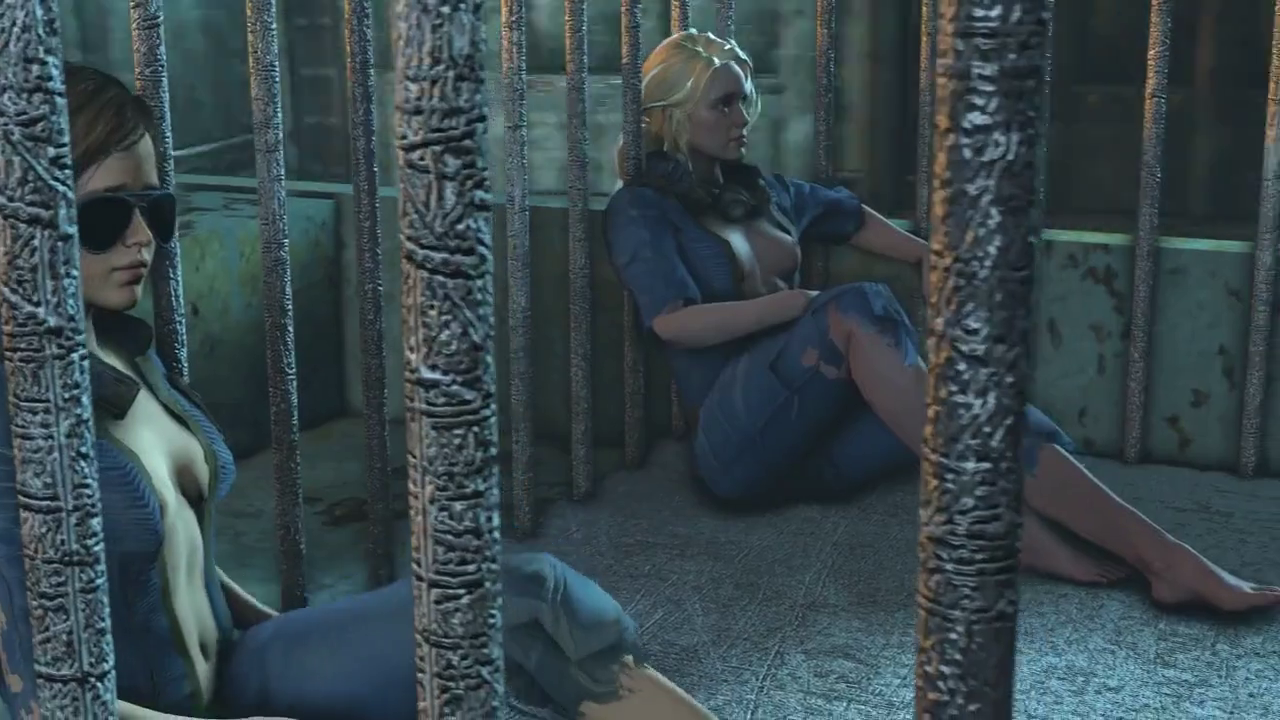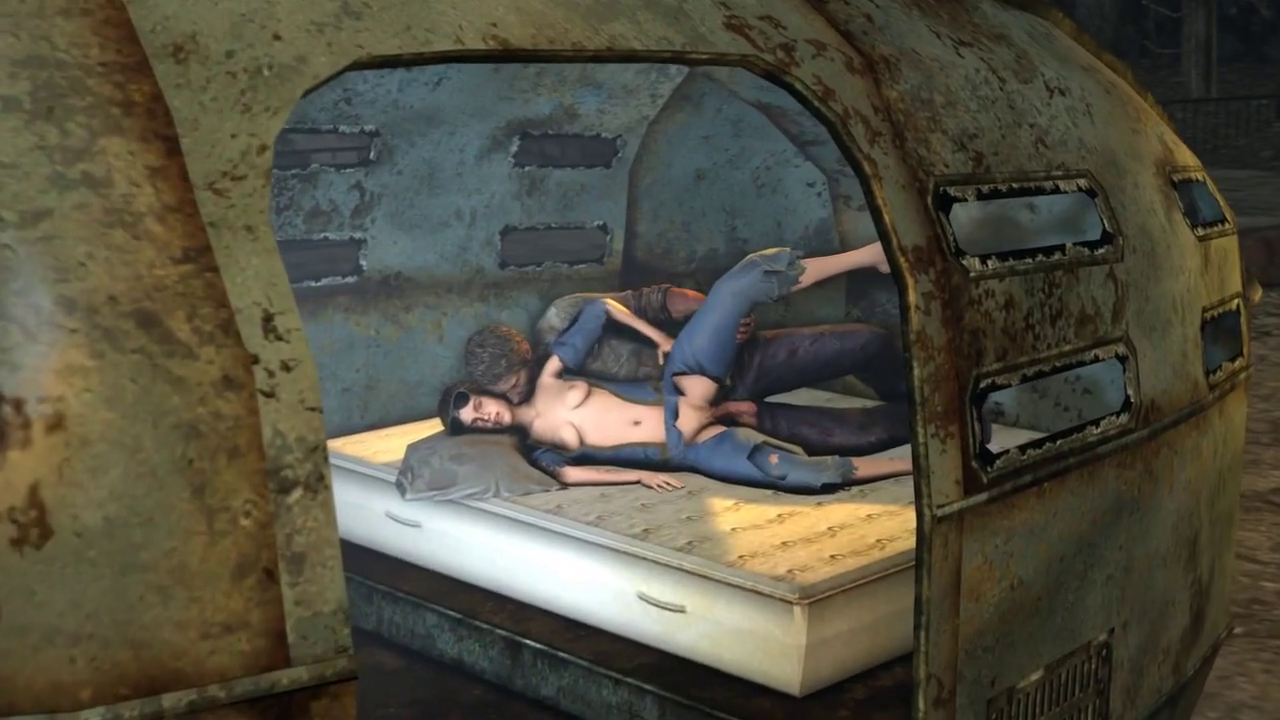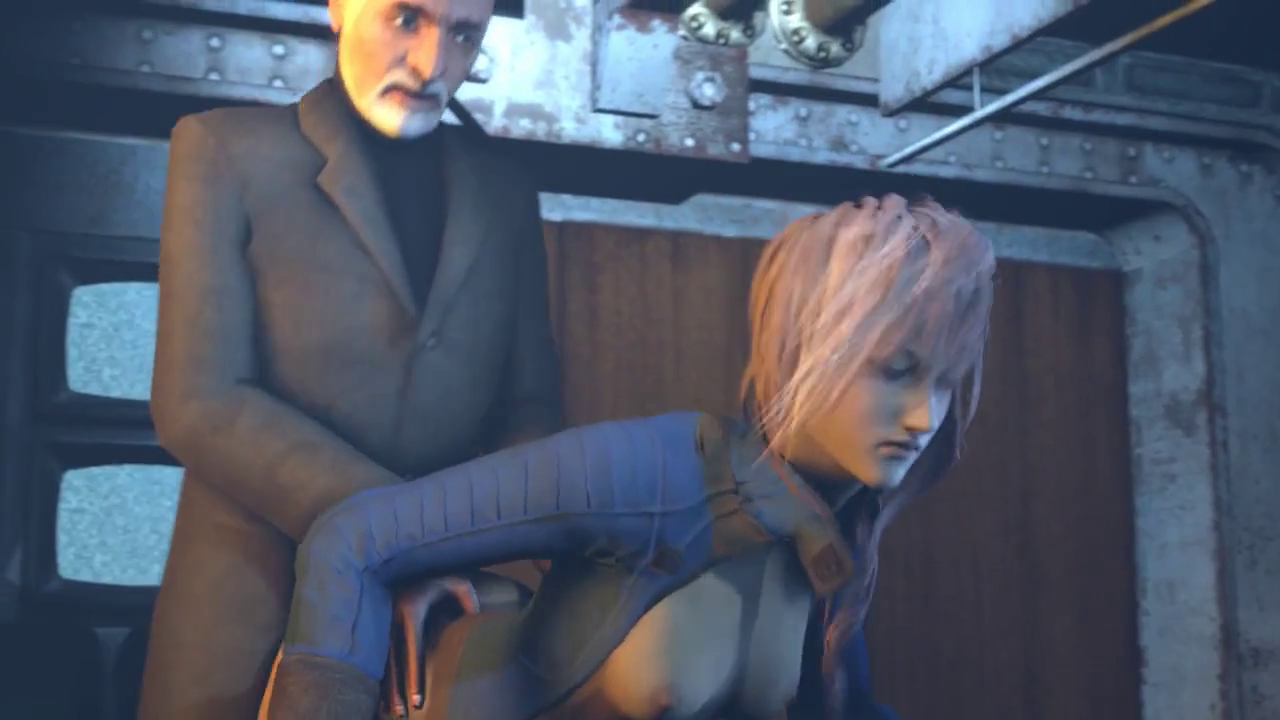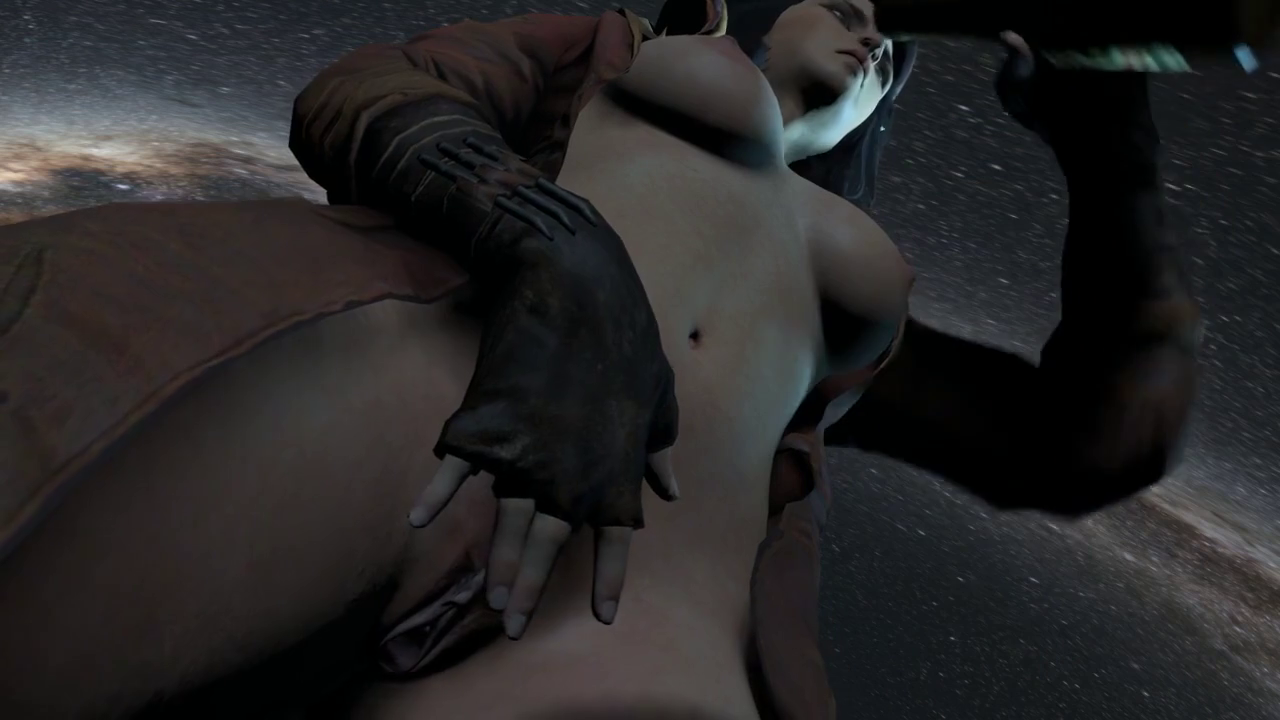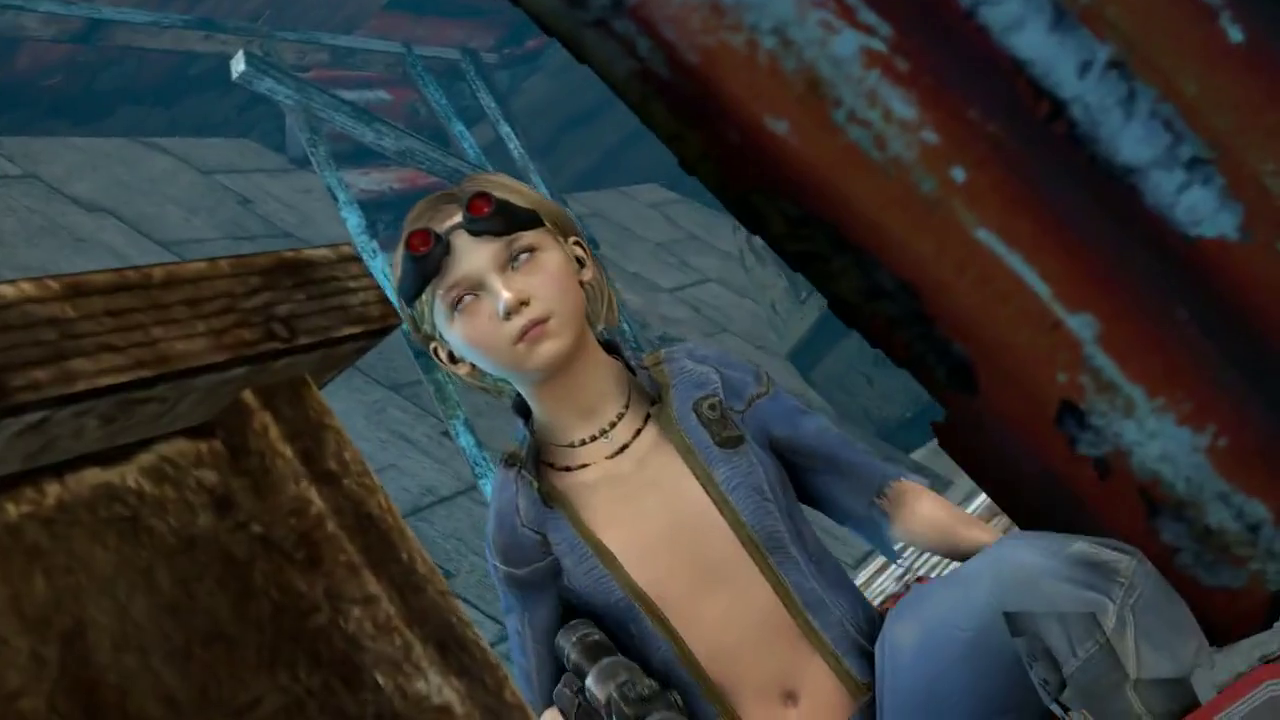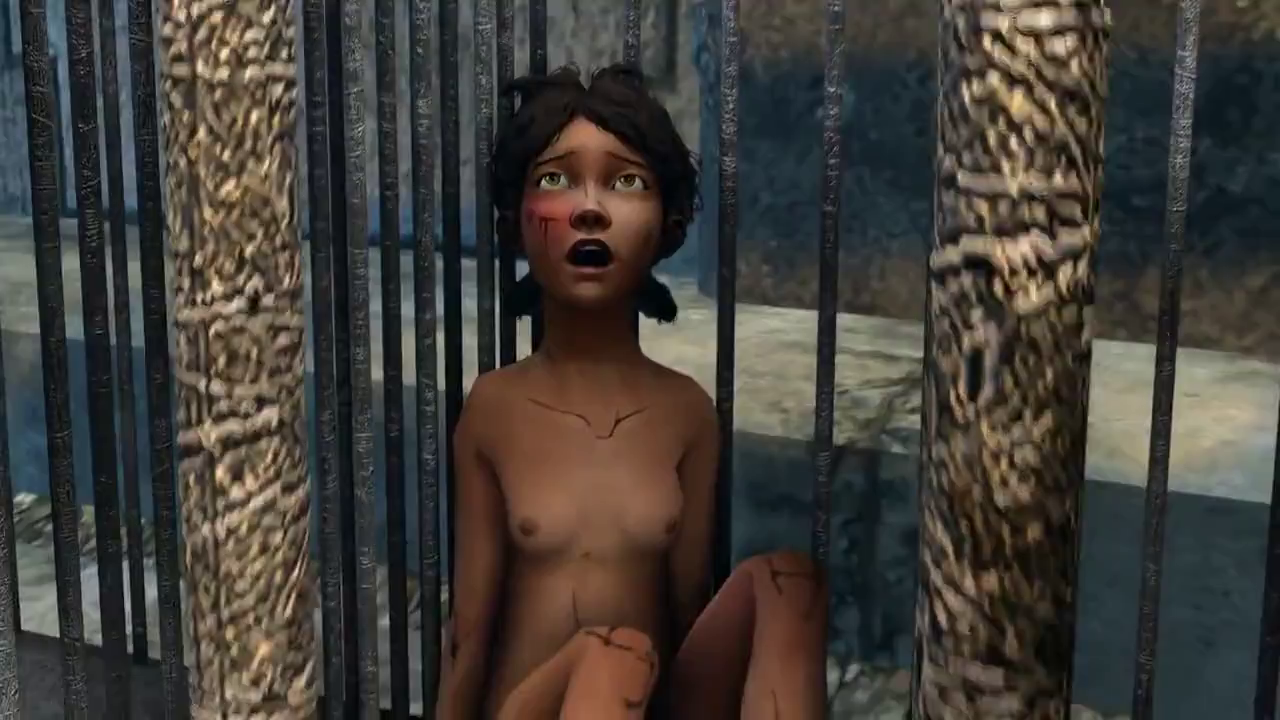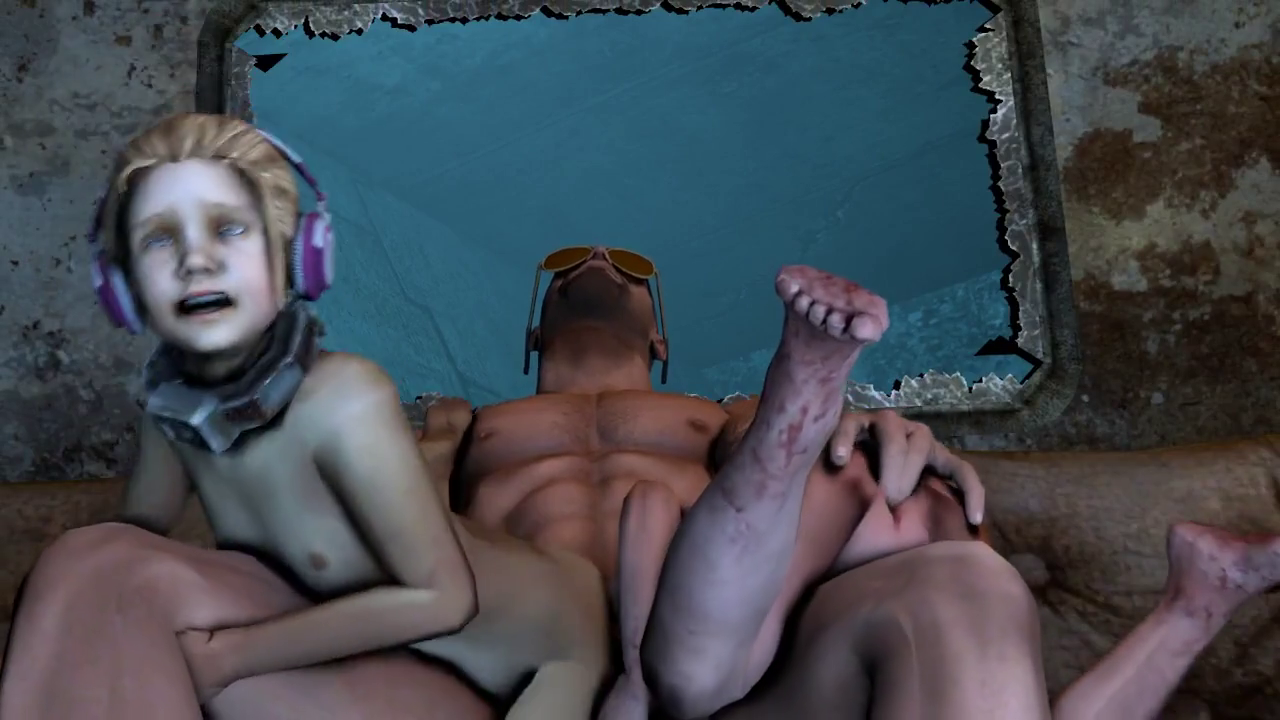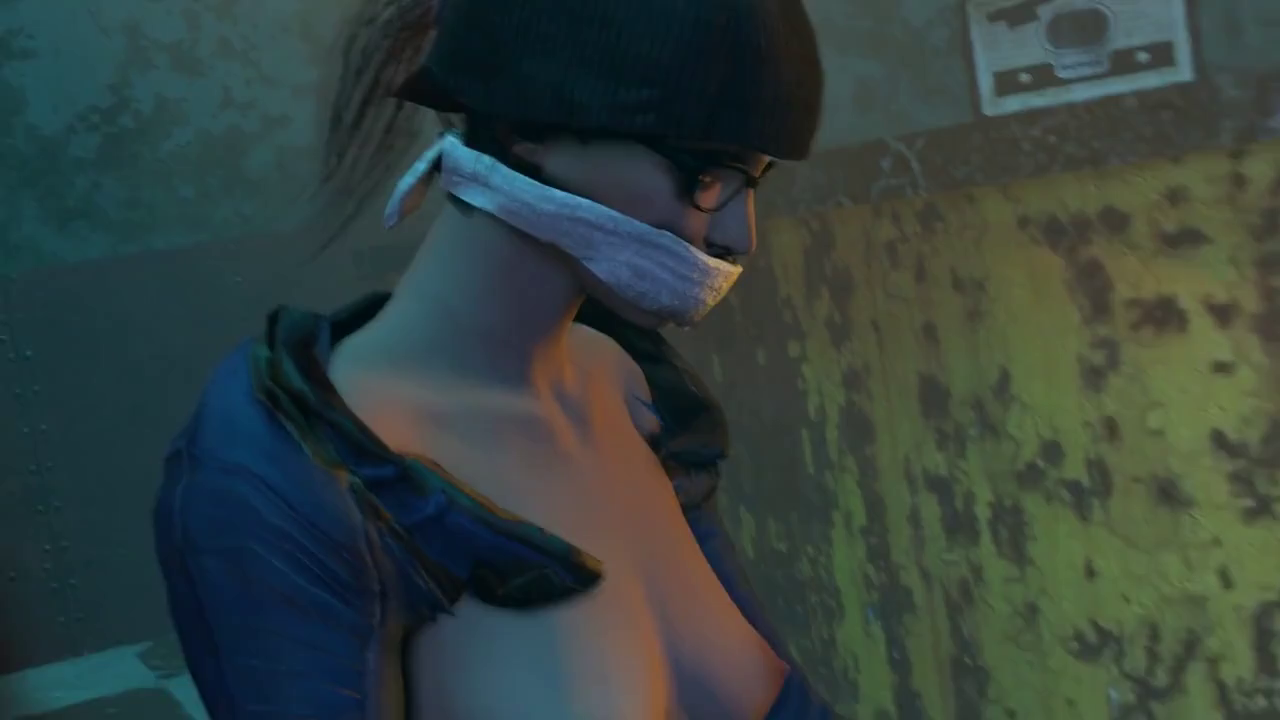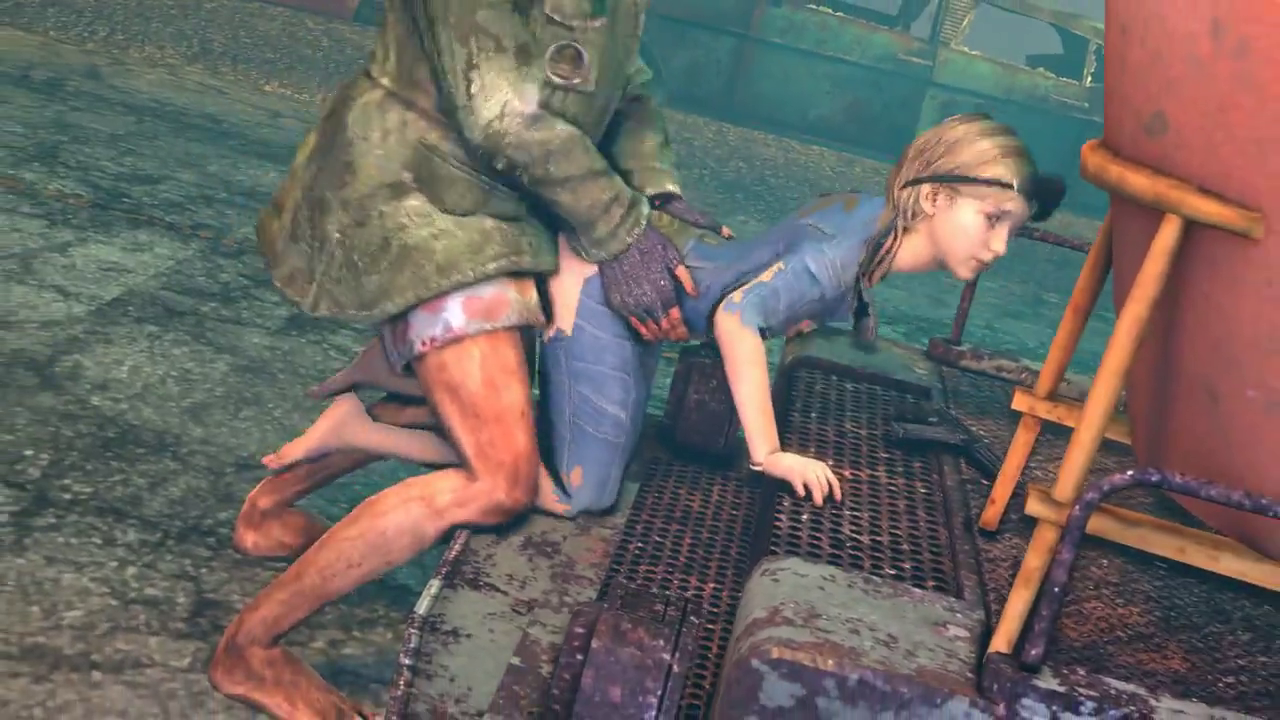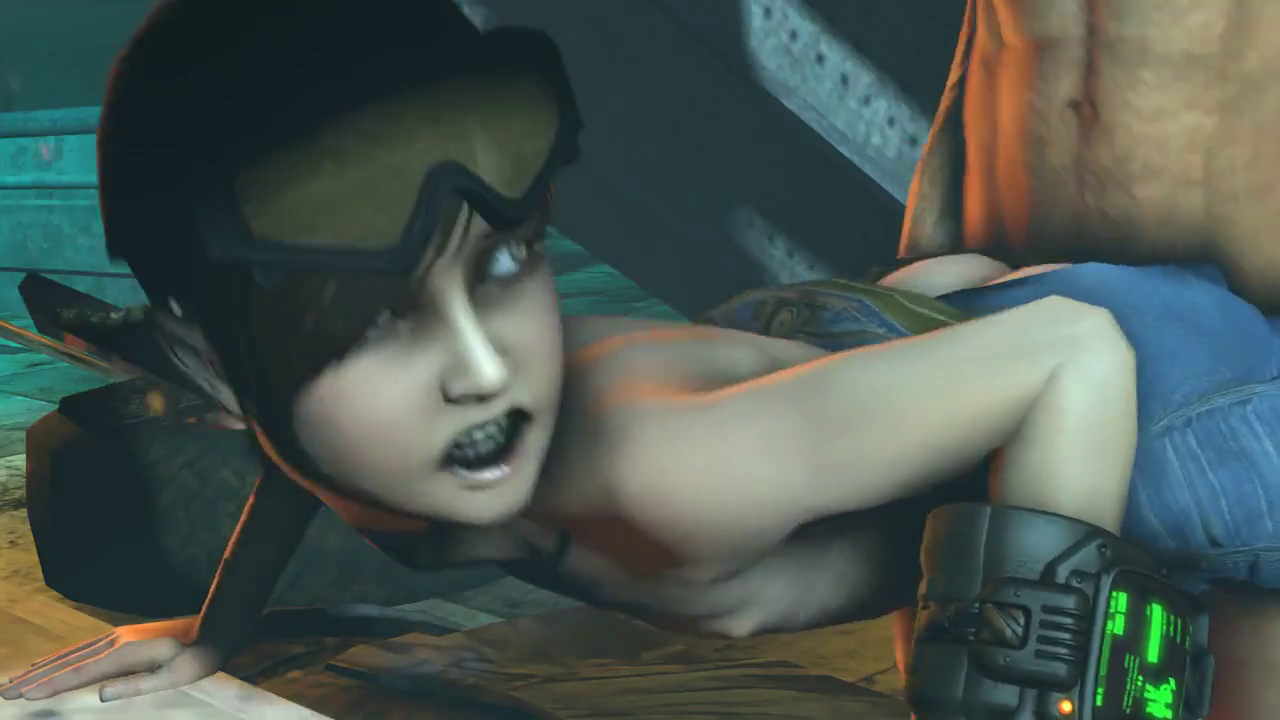Watch VaultGirls The Complete Webseries Fallout is a series of post-apocalyptic role-playing video games created by Interplay Entertainment. The series is set during the 22nd and 23rd centuries, and its atompunk retrofuturistic setting and art work are influenced by the post-war culture of 1950s America, with its combination of hope for the promises of technology and the lurking fear of nuclear annihilation. A forerunner for Fallout is Wasteland, a 1988 game developed by Interplay Productions to which the series is regarded as a spiritual successor. Watch VaultGirls The Complete Webseries
Watch VaultGirls The Complete Webseries Fallout is a series of post-apocalyptic role-playing video games created by Interplay Entertainment. The series is set during the 22nd and 23rd centuries, and its atompunk retrofuturistic setting and art work are influenced by the post-war culture of 1950s America, with its combination of hope for the promises of technology and the lurking fear of nuclear annihilation. A forerunner for Fallout is Wasteland, a 1988 game developed by Interplay Productions to which the series is regarded as a spiritual successor. Watch VaultGirls The Complete Webseries
The ideas of the Fallout began with Interplay Productions’ Wasteland, released in 1988. At that time, Interplay was not a publisher and used Electronic Arts for distribution of the game. According to Interplay’s founder, Brian Fargo, they wanted to explore a post-apocalyptic setting and produced Wasteland for that. Sometime after release, Interplay decided to shift focus and become its own publisher while still developing its own games. Fargo wanted to continue to use the Wasteland intellectual property, but could not negotiate the rights back from Electronic Arts. Still wanting to do something in the post-apocalyptic world, Fargo and his team decided to make a new setting and game, determining what aspects of Wasteland were positives, and then wrote and developed this new game around it, ending up with the first Fallout games, released nearly ten years after Wasteland.
The series is set in a fictionalized United States in an alternate history scenario that diverges from reality following World War II.[40] In this alternative atompunk “golden age”, the transistor was never invented. As such, a bizarre socio-technological status quo emerges, in which advanced robots, nuclear-powered cars, directed-energy weapons, and other futuristic technologies are seen alongside 1950s-era computers and televisions. The United States divides itself into 13 commonwealths and the aesthetics and Cold War paranoia of the 1950s continue to dominate the American lifestyle well into the 21st century.
Watch VaultGirls The Complete Webseries:
More than a hundred years before the start of the series, an energy crisis emerged caused by the depletion of petroleum reserves, leading to a period called the “Resource Wars” in April 2052 – a series of events which included a war between the European Commonwealth and the Middle East, the disbanding of the United Nations, the U.S. annexation of Canada, and a Chinese invasion and subsequent military occupation of Alaska coupled with their release of the “New Plague” that devastated the American mainland. These eventually culminated in the “Great War” on the morning of October 23, 2077, eastern standard time, a two-hour nuclear exchange on an apocalyptic scale, which subsequently created the post-apocalyptic United States, the setting of the Fallout world.
Having foreseen this outcome decades earlier, the U.S. government began a nationwide project in 2054 to build fallout shelters known as “Vaults”. The Vaults were ostensibly designed by the government contractor Vault-Tec as public shelters, financed by junk bonds and each able to support up to a thousand people. Around 400,000 Vaults would have been needed, but only 122 were commissioned and constructed. Each Vault is self-sufficient, so they could theoretically sustain their inhabitants indefinitely. However, the Vault project wasn’t intended as a viable method of repopulating the United States in these deadly events. Instead, most Vaults were secret, unethical social experiments and were designed to determine the effects of different environmental and psychological conditions on their inhabitants. Experiments were widely varied and included: a Vault filled with clones of an individual; a Vault where its residents were frozen in suspended animation; a Vault where its residents were exposed to psychoactive drugs; a Vault where one resident, decided by popular vote, is sacrificed each year; a Vault with only one man and puppets; a Vault where its inhabitants were segregated into two hostile factions; two Vaults with disproportionate ratios of men and women; a Vault where the inhabitants were exposed to the mutagenic Forced Evolutionary Virus (F.E.V.); and a Vault where the door never closed, exposing the inhabitants to the dangerous nuclear fallout. 17 control Vaults were made to function as advertised in contrast with the Vault experiments but were usually shoddy and unreliable due to most of the funding going towards the experimental ones. Subsequently, many Vaults had their experiments derailed due to unexpected events, and a number of Vaults became occupied by raiders, mutated animals or ghouls.
(Source:Wikipedia)
More videogame hentai

